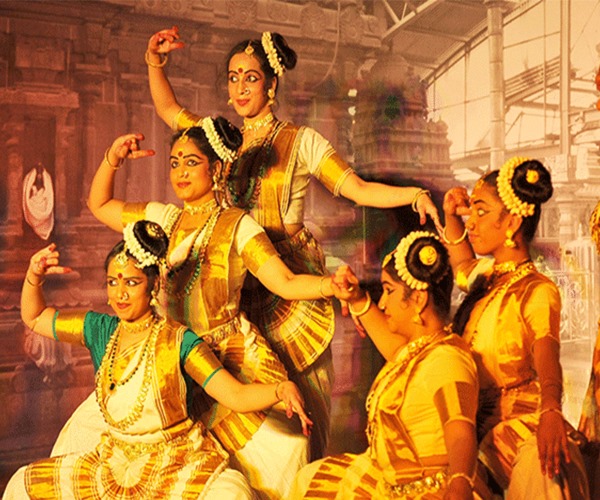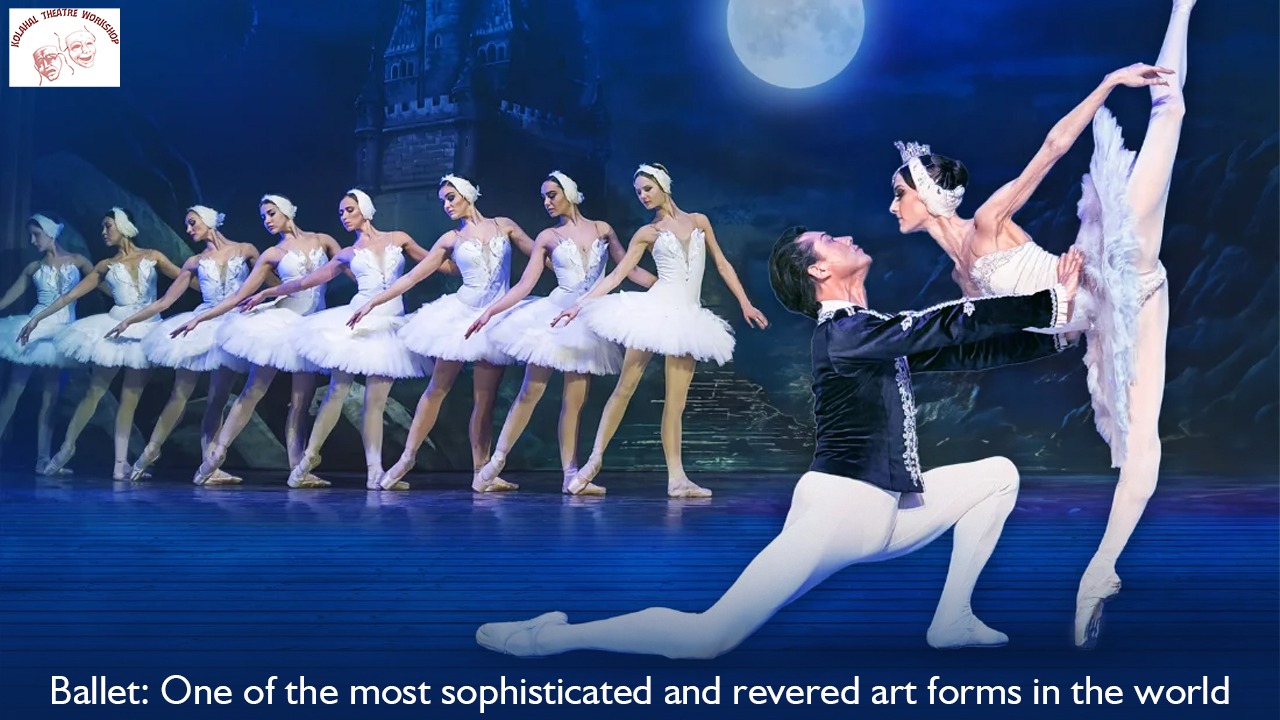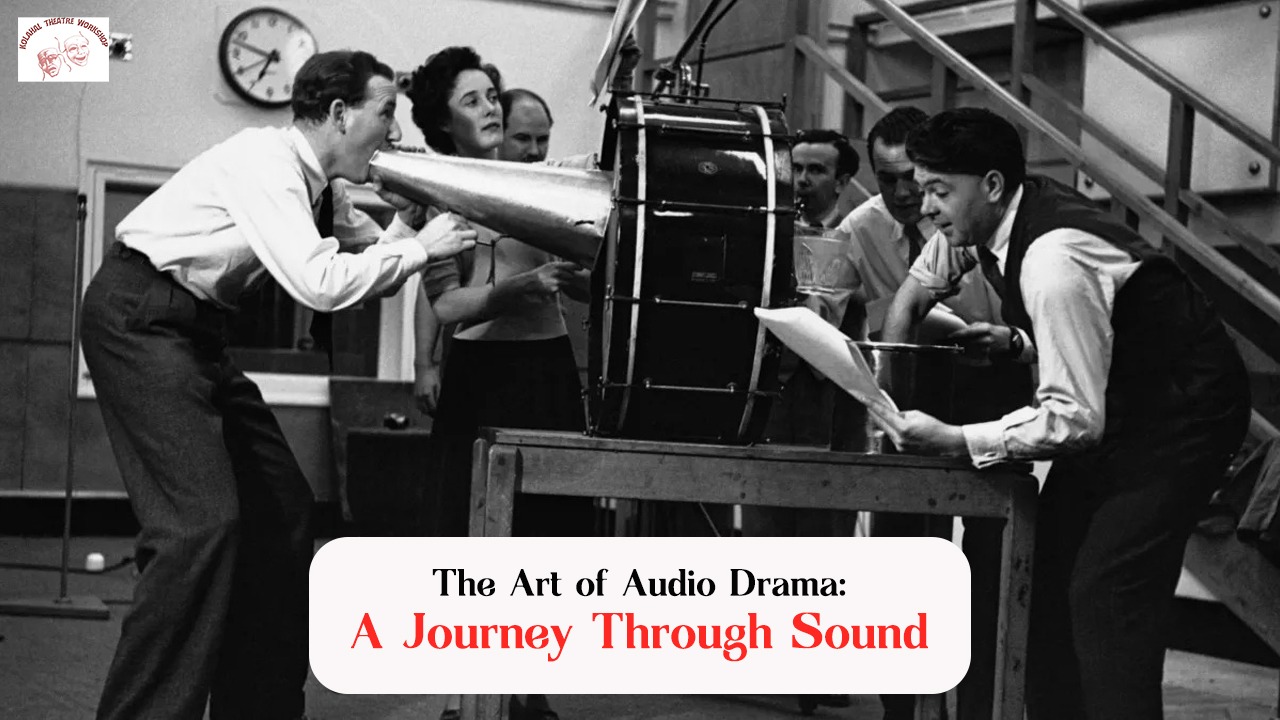SANTAM RASA : THE NINTH RASA
PROVERB ON SANTAM RASA THE NINTH RASA
” Peace is liberty in tranquility ” – Marcus T. Cicero
In this introduction the first thing you should know that “Rasa” appeared for the first time in the Natya-Shastra of Bharata, a very old Sanskrit document which is recognized as the principal work of dramatic theory. The Natya-Shastra is the outcome of several centuries of theatrical practice by hereditary actors who passed their tradition orally from generation to generation. In Natya-Shastra, rasa is a key term, without an understanding of which,
The word “rasa” literally means juice, essence or taste. It refers to a concept in Indian arts about the work that gives rise to an emotion in the reader or audience, but cannot be described. These rasas originate from bhavas, which denote the state of mind. According to Bharata Muni, the principal human feelings are delight, laughter, sorrow, anger, fear, disgust, heroism and astonishment. Accordingly, there are eight rasas in Natya Shastra.
DETAILED DISCUSSION ON SANTAM RASA: THE NINTH RASA
Originally, there were six rasas but later the number of rasa became eight. In other words, we can say each related to a distinct human emotion like love, pity, fear, heroism, etc. Later the Santam rasa added by Abhinavagupta, but this inclusion was not easy.
For instance, Shantam rasa functions as an equal member of the set of rasas. In addition to, the rasa is simultaneously distinct as being the most clear form of aesthetic bliss. However, according to the scholar Abhinavagupta, Shanta rasa is like the string of a necklace. Therefore, allowing the jewel of eight rasas to be relished, It is the main thing that gives form to the necklace
https://kolahal.org/2020/06/29/adbhuta-rasa-marvellous-sentiment-in-dramatic-performance/
THE VARIOUS VIEWS ON SANTAM RASA :
Critics Argument
Critics, like Bharata Muni himself, Santam rasa cannot be treated as a rasa because its “sthayi bhava” is detachment. However, scholars argue that portraying such a state of cessation or detachment from all worldly desires is not possible on stage
Scholars Argument: Anandavardhana
However, Anandavardhana defines Santam rasa as flavor by portraying the attainment of happiness through disconnection with all the worldly desires. Moreover, he argues that the dominant rasa in Mahabharata and Ramayana is Santam rasa and not any other rasa. In addition to, the stable emotion of this rasa is the pleasure derived from the cessation of all desires. As a result, both the epics are, towards the end, mainly dominated by this rasa.
Scholars Argument: Gary Tubb
However, Gary Tubb, gives the opinion that the stable emotion of the pleasure derived from the cessation of desire” should not be viewed as an emotion experienced by the characters but as the emotional state intended to be evoked in the audience or readers. Notwithstanding the contradictory views of the scholars, Santam rasa remains one of the most talked about emotions of the Navaras.
Visit: https://artistecard.com/





[…] https://kolahal.org/2020/09/12/santam-rasa-the-ninth-rasa/ […]
[…] https://kolahal.org/2020/09/12/santam-rasa-the-ninth-rasa/ […]